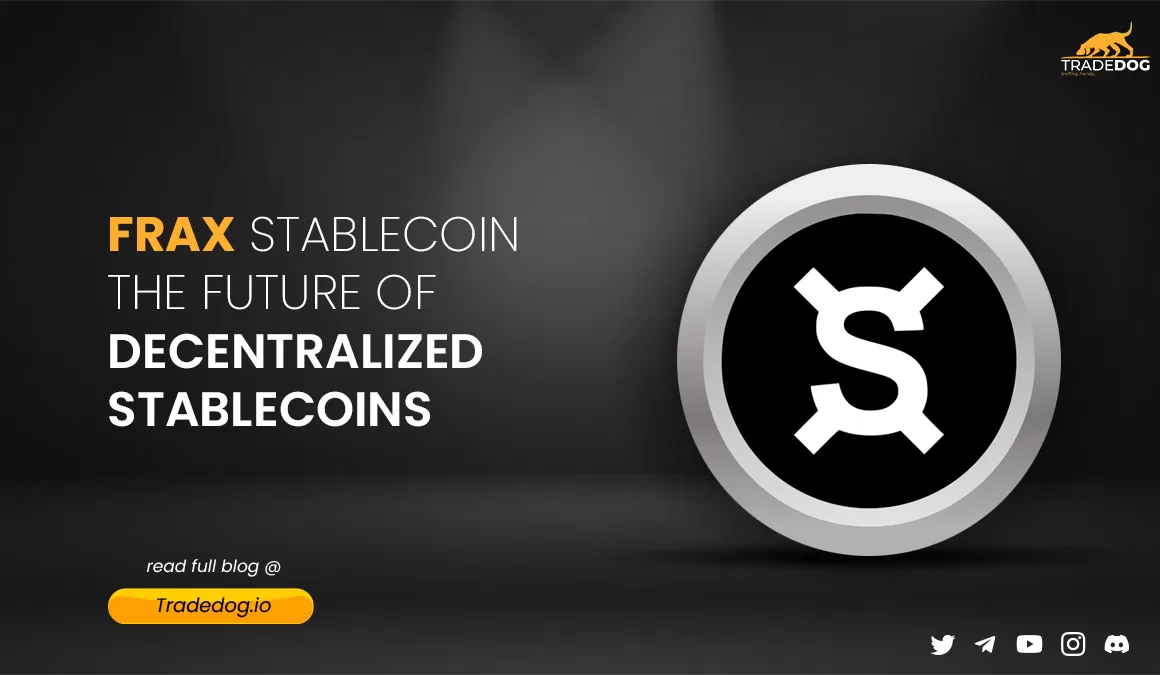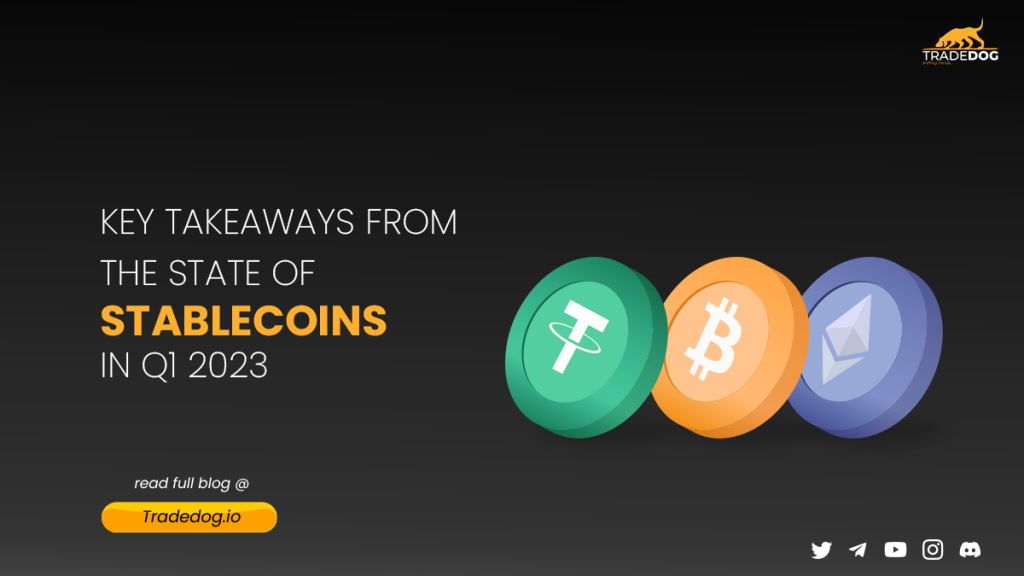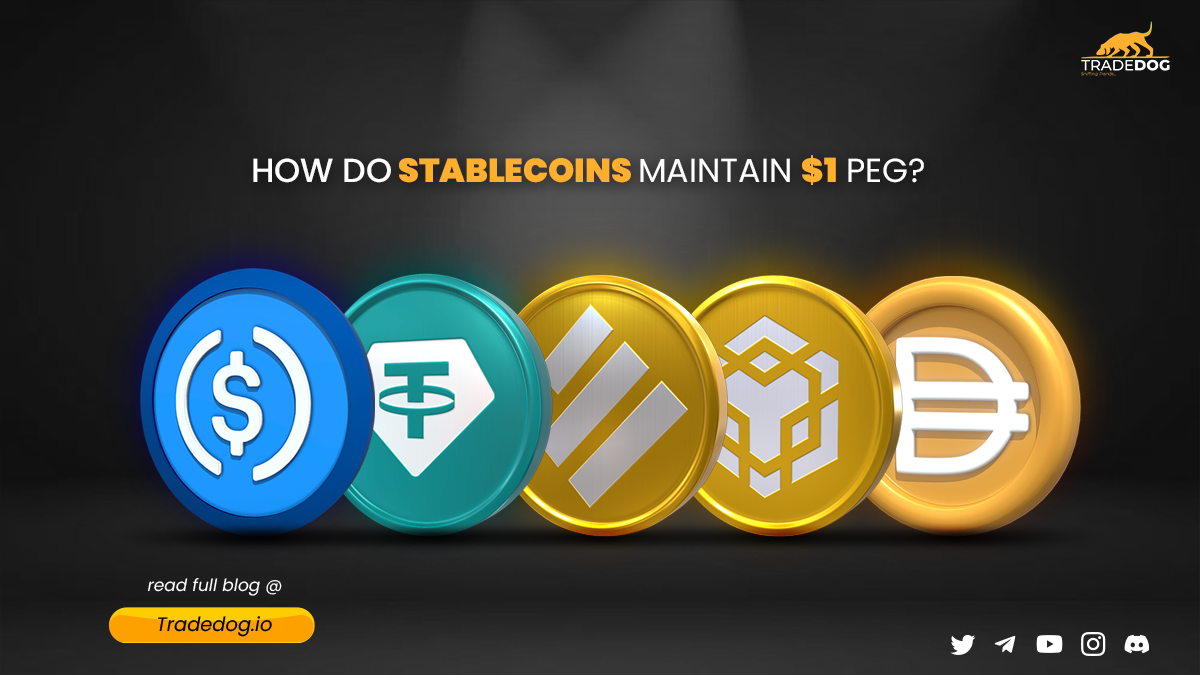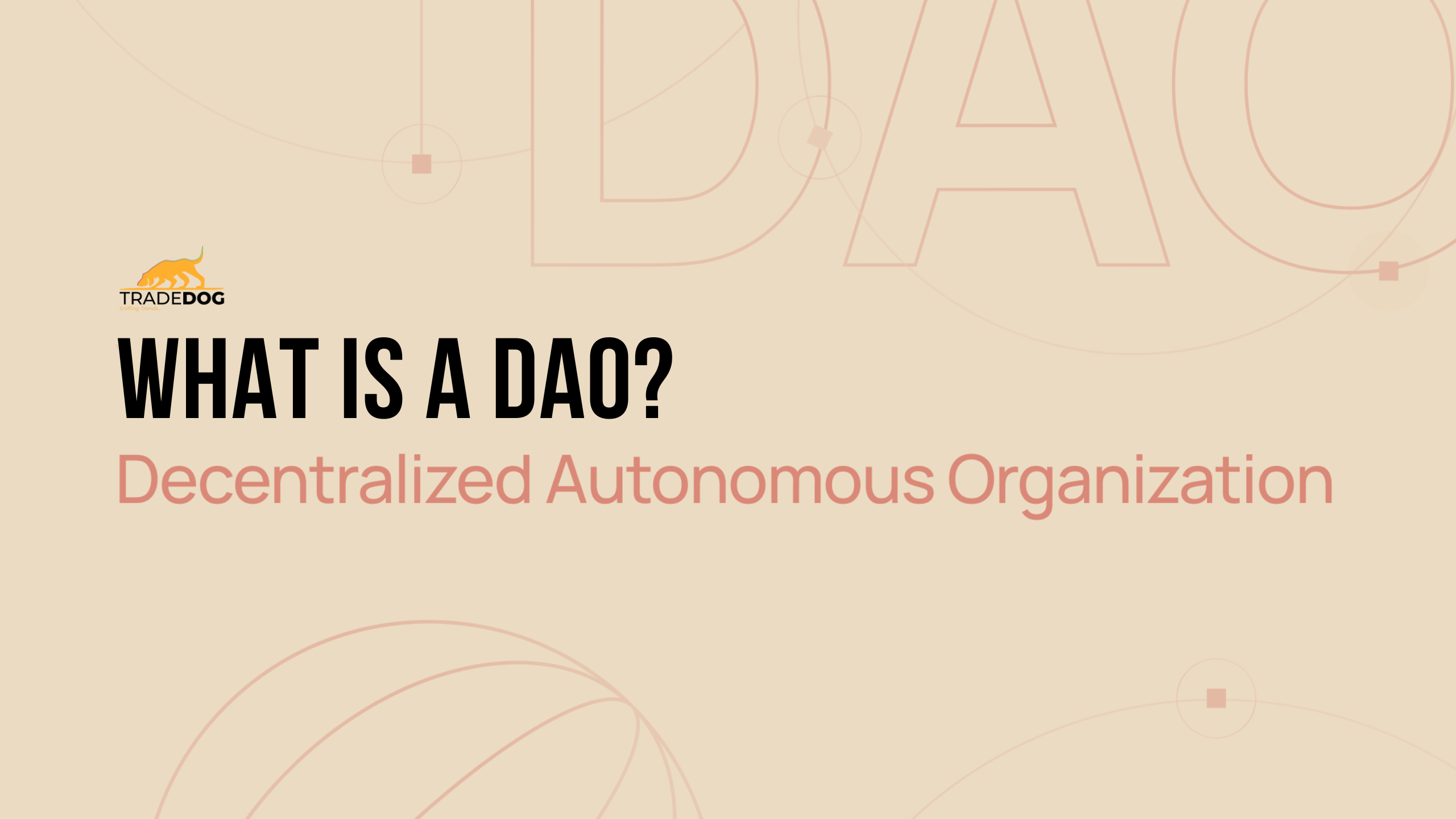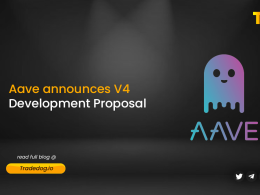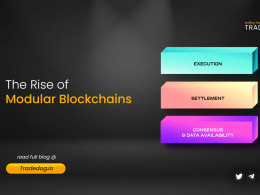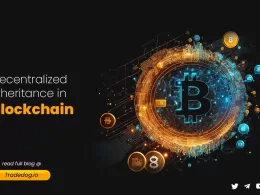Quick Links
Stablecoins are cryptocurrencies that are designed to maintain a stable value relative to a specific asset, typically a fiat currency like the US dollar, euro, or yen. This makes them less volatile than other cryptocurrencies like Bitcoin or Ethereum, which can fluctuate in value significantly over short periods of time. They serve as a bridge between the traditional financial world and the emerging DeFi ecosystem, allowing users to trade and transact in digital assets without being exposed to the same level of volatility that traditional cryptocurrencies present.
Stablecoins have experienced significant growth within the DeFi ecosystem in recent years. The total market capitalization of stablecoins has surged from around $2 billion in early 2019 to over $100 billion as of May 2023. Overall, stablecoins have become an integral part of the DeFi ecosystem, and their growth is likely to continue as the adoption of DeFi protocols and the cryptocurrency market as a whole continue to expand.
There are several types of stablecoins, each with its own method for maintaining price stability:
- Fiat-collateralized stablecoins: These stablecoins are backed by reserves of fiat currency held by a centralized custodian. Examples include Tether (USDT), USD Coin (USDC), and Paxos Standard (PAX).
- Crypto-collateralized stablecoins: These stablecoins are backed by reserves of other cryptocurrencies, typically Ether or Bitcoin. Examples include MakerDAO’s DAI and BitShares (BTS).
- Algorithmic stablecoins: These stablecoins use complex algorithms to dynamically adjust the supply of the stablecoin in response to changes in demand, without any collateral backing. Examples include Ampleforth (AMPL) and Empty Set Dollar (ESD).
- Commodity-collateralized stablecoins: These stablecoins are backed by reserves of commodities like gold or silver. Examples include DigixDAO (DGD) and Tiberius Coin (TCX).
Each type of stablecoin has its own benefits and drawbacks, and some are more popular than others. Ultimately, the choice of which stablecoin to use depends on individual preferences and the specific use case.
FRAX Stablecoin: The future of Stablecoins
Frax functions through a hybrid model, fashioned to ensure a stable token value of $1 USD. The mechanism encompasses a combination of algorithmic and collateralized techniques. Frax’s approach to stability is unlike most stablecoins, which are completely collateralized by fiat currency or other assets. Frax employs a fractional algorithmic mechanism that unites on-chain and off-chain elements. This unique structure allows for increased adaptability and efficiency in maintaining the stable value of the token. Moreover, it eliminates the necessity for excessive collateralization, thereby contributing to greater flexibility in the overall protocol.
The Frax Governance Council, a decentralized autonomous organization (DAO), governs the Frax protocol. The DAO is composed of token holders who can vote on vital matters regarding the protocol’s development and governance. Frax’s innovative approach to stablecoins and its community-driven governance model has garnered substantial attention in the decentralized finance (DeFi) arena.
How Frax maintains its peg to the USD
In order to mint new FRAX tokens, users must place $1 worth of value into the system. If the market price is higher than the target price of $1, then there is an opportunity to profit by minting tokens for $1 and selling them in the open market for a higher price. The difference in price is due to the proportion of FXS and collateral that makes up the $1 of value.
During the 100% collateral phase, all of the value used to mint FRAX tokens is in the form of collateral. However, as the protocol moves into the fractional state, some of the value that enters the system during minting becomes FXS, which is then burned. For instance, in a 96% collateral ratio, every FRAX minted requires $.96 of collateral and $.04 of FXS burned. In a 95% collateral ratio, every FRAX minted requires $.95 of collateral and $.05 of FXS burned, and so on.
Comparison to other stablecoins
Frax stablecoin is a relatively new entrant in the market compared to other stablecoins like USDT, USDC, and DAI. However, it has some unique features that set it apart from other stablecoins.
Algorithmic and hybrid design
Unlike other stablecoins, which are either backed by a reserve or are collateralized, Frax uses a hybrid algorithmic design to maintain its stability. This design allows Frax to remain stable while also being more flexible and adaptive to market conditions.
Fractional Reserve
Frax operates on a fractional reserve model, which means that it does not maintain a 1:1 ratio of collateral to stablecoin supply. Instead, Frax maintains a minimum collateralization ratio of 100%, which can be adjusted based on market conditions. This allows Frax to mint new coins even if the value of the collateral falls below the market price of the stablecoin.
Dynamic supply adjustment
Frax has a mechanism to dynamically adjust its supply based on market conditions. If the demand for Frax increases, the protocol mints new coins, and if demand decreases, the protocol burns coins. This ensures that the stablecoin’s value remains stable even during periods of market volatility.
Lower fees
Frax has lower fees compared to other stablecoins. This is because Frax is a hybrid stablecoin, which means that it does not require a 1:1 collateralization ratio. This allows the protocol to maintain a lower collateral buffer, reducing costs and passing the savings onto users.
Decentralized governance
Frax’s governance model is decentralized, enabling its users to partake in the decision-making process. This feature reinforces the protocol’s transparency and community-driven approach. Notably, Frax’s stablecoin prioritizes transparency and audibility. The protocol offers real-time information on its collateralization ratio, supply, and market price, enabling users to monitor the system’s health and performance effectively. Furthermore, Frax frequently undergoes third-party audits to confirm the security of its smart contracts and the sufficiency of its reserves as collateral.
The on-chain governance system of the protocol allows users to participate in the decision-making process, enhancing the protocol’s transparency and community-centricity. In summary, Frax’s unwavering commitment to transparency and audibility bolsters its stability and credibility as a trustworthy stablecoin.
Growth of Frax as compared to other stablecoins
Over the last year, the amount of USD-pegged stablecoins on public blockchains has experienced explosive growth, with their combined circulating supply currently at nearly $130 billion as of May 2023. This marks a more than 500% increase from just one year ago.
Frax, which was launched in late 2020, has demonstrated impressive market cap growth since its inception. As of May 2023, Frax’s market cap stands at approximately $1.1 billion, placing it among the top 10 stablecoins by market cap.
When compared to other stablecoins, Frax’s growth has been relatively swift. For instance, Frax reached the Mcap of approximately $3 billion in a span of just 12 months, while Tether (USDT) and USD Coin (USDC) took over three years and two years, respectively, to achieve the same milestone.
Despite Frax’s impressive growth, it’s important to bear in mind that the stablecoin market has experienced significant expansion over the last several years, with numerous new stablecoins entering the market. Consequently, competition is fierce, and continuing to maintain growth will necessitate ongoing innovation, adoption, and the provision of valuable benefits to users.
Conclusion
Overall, Frax has shown significant growth in its market cap, indicating that it is gaining popularity among cryptocurrency users. However, its growth should be viewed in the context of a rapidly expanding stablecoin market, where many players are vying for dominance. However, Frax’s transparent and auditable approach plus its hybrid model has also helped it gain the trust of users and establish itself as a reliable stablecoin in the market.
Also, one of the key factor for the Frax’s increased adoption is the way, Frax Team is expandning its ecosystem by offering unique use cases for its users. It now offers a DEX, a lending and borrowing protocol, and a liquid staking protocol. With all these offerings under one platform creates a lot of use cases of Frax which in turn will help Frax gets more market share.





